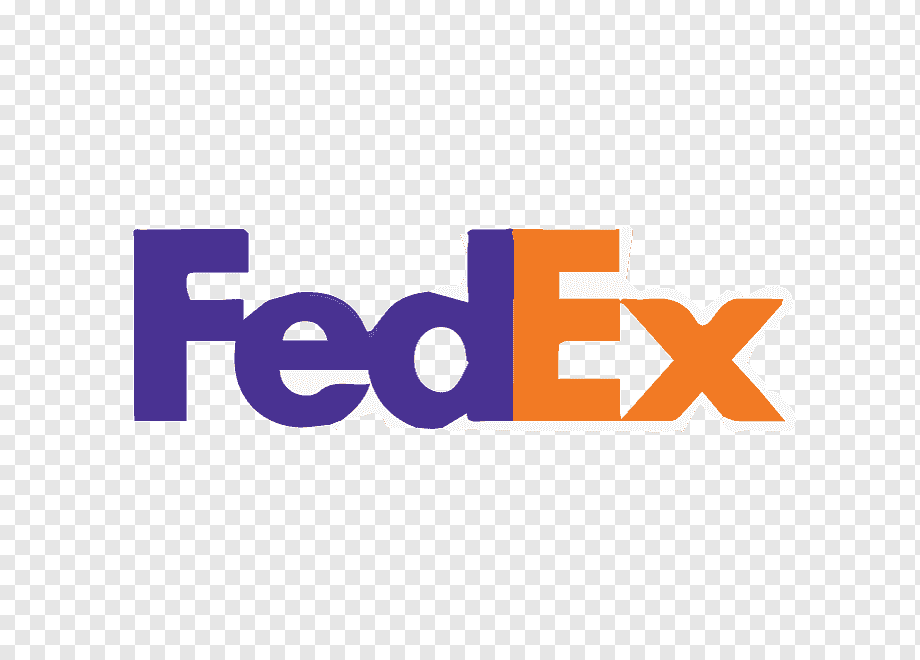
It is important for every trader to recognize patterns as they form in the market. Patterns are vital in a trader’s quest to spot trends and predict future outcomes so that they can trade more successfully and profitably. Triangle patterns are important because they help indicate the continuation of a bullish or bearish market. The breakout after a pennant pattern should occur at or near the point where the trendlines converge, called the apex. When dealing with a symmetrical triangle, however, it is optimal for price to break above or below the trendlines one-half to three-quarters of the way through the pattern.

This type of technical analysis identifies a downward trend, which will eventually break through the resistant levels causing the price action to plummet. The lower support trend line goes flat or horizontal as the upper trend line continues to fall diagonally closing the gap. The upper trend line represents sellers anxious to unload their position by lowering the ask/offer prices. Eventually sellers get impatient and overwhelm the support trend line by dumping shares.
What is the psychology behind descending triangles?
The trader might then take this new information and verify if the price chart resembles a descending triangle. Spotting a descending triangle chart pattern can be as much of an art as a science. The price target can be set as the width of the descending triangle from its high to low and then add this value to the breakout level. The price target can be set as the width of the ascending triangle from its high to low and then add this value to the breakout level. This indicates the strength of bears and they are willing to sell more for the stock.
DocuSign: Is There a Reason Not to Buy? Here’s What Traders Can … — RealMoney
DocuSign: Is There a Reason Not to Buy? Here’s What Traders Can ….
Posted: Fri, 08 Sep 2023 16:00:00 GMT [source]
There is less risk involved by waiting for the confirming breakout. Buyers can then reasonably place stop-loss orders below the low of the triangle pattern. The triangle pattern is mainly of three types- symmetrical pattern, ascending triangle, and descending triangles. Volume plays a role in these patterns, often declining during the pattern’s formation and increasing as price breaks out of the pattern.
Is a descending triangle pattern bullish or bearish?
This triggers panic as the price collapses in a breakdown that kick starts the next leg of the downtrend making new lows. The descending triangle chart pattern is considered to be a bearish continuation pattern. This means that it typically occurs during a downtrend and is used to confirm the direction of the trend. The pattern is also used to signal a potential entry point for a short position.

A stop loss is placed just outside the opposite side of the pattern. For example, if a long trade is taken on an upside breakout, a stop loss is descending triangle stock placed just below the lower trendline. Symmetrical triangles are continuation patterns of the prior trend, which may be bullish or bearish.
It is also important to remember that descending triangles can fail at a rate of 13%, and traders should always have an exit strategy in case of a failed pattern. Furthermore, managing risk during any trade is essential, as the potential for loss is still real. Using proper risk management techniques, traders can maximize profits while limiting losses. Technical traders have the opportunity to make substantial profits over a brief period.
Examples of the Descending Triangle Pattern
It’s also important to remember that while the pattern is typically considered bearish, descending triangle bullish signals can emerge. While a stock may trend lower over time, a breakout may occur from below, crossing over the top resistance line. The yellow circles represent the identified highs and lows which meet the criteria of a stocks descending triangle pattern formation.
A triangle is a type of consolidation, and therefore volume tends to contract during an ascending triangle. As mentioned, traders look for volume to increase on a breakout, as this helps confirm the price is likely to keep heading in the breakout direction. If the price breaks out on low volume, that is a warning sign that the breakout lacks strength. Triple tops and bottoms are reversal patterns that aren’t as prevalent as head and shoulders, double tops, or double bottoms.
Reversals that occur at market tops are known as distribution patterns, where the trading instrument becomes more enthusiastically sold than bought. Conversely, reversals that occur at market bottoms are known as accumulation patterns, where the trading instrument becomes more actively bought than sold. During this period of indecision, the highs and the lows seem to come together at the point of the triangle with virtually no significant volume. Any more than three red candles of price going down, and I’d say you have a bearish trend forming. StocksToTrade’s top-of-the-line stock screener can help you spot this pattern.
How Reliable is a Descending Triangle Pattern?
This triangle pattern is formed as gradually ascending support lines and descending resistance lines meet up as a security’s trading range becomes increasingly smaller. Descending triangles are the opposite of ascending triangles as they have a horizontal https://g-markets.net/ upper trendline and a rising lower one. Reversals can happen with descending triangles as well, but they are usually considered bullish in nature. All triangle patterns provide traders the opportunity to short the stock and set a profit target.
KO Stock Price Forecast: Dividends Ahead, Is Coca-Cola At Sale? — The Coin Republic
KO Stock Price Forecast: Dividends Ahead, Is Coca-Cola At Sale?.
Posted: Mon, 04 Sep 2023 22:37:00 GMT [source]
Generally, a flag with an upward slope (bullish) appears as a pause in a down trending market; a flag with a downward bias (bearish) shows a break during an up trending market. Typically, the flag’s formation is accompanied by declining volume, which recovers as price breaks out of the flag formation. The descending triangle is recognized primarily in downtrends and is often thought of as a bearish signal. As you can see in the above image, the descending triangle pattern is the upside-down image of the ascending triangle pattern.
Types of Triangle Chart Patterns
After viewing a strong break below support, traders can enter a short position, setting a stop at the recent swing high and take profit target in line with the measuring technique. This contrasts with descending triangle formations that occur when price lows are consistent, with price highs increasingly lower. The pattern will typically suggest a bearish signal, with a stock’s price expected to continue to lower, on average, over time. However, as you’ll see below, a reversal can occur, indicating the stock is expected to move higher instead. Traders can monitor alerts that notify them of changes in direction, for example, potentially revealing a new top or bottom.
- The completion of the pattern occurs after the end of a retracement in a downtrend.
- According to Tom Bulkowski’s research, the success rate of a descending triangle is an 87 percent chance of a 38 percent price increase in a bull market on a continuation of an uptrend.
- This means the pattern often never reaches its apex, forming a flat-topped cone rather than an actual triangle.
- For example, if a long trade is taken on an upside breakout, a stop loss is placed just below the lower trendline.
When trading a descending triangle chart pattern, be prepared to trade in the direction of the price breakout. Generally speaking, waiting for at least three consecutive candles before entering the trade is important. Triangles reveal an opportunity to short and suggest a profit target, so both triangles are just different takes on a potential breakdown.
If, however, price action is bullish when it reaches support and breaks out above the triangle, traders might consider initiating long positions instead. Once the filter has been applied, traders can then view the results on a chart interface. Depending on the complexity of their search criteria, several stocks may meet the criteria and appear to have potential descending triangle patterns. FinViz has a great feature for scanning for descending triangle patterns.
Comments by Леонид Романов